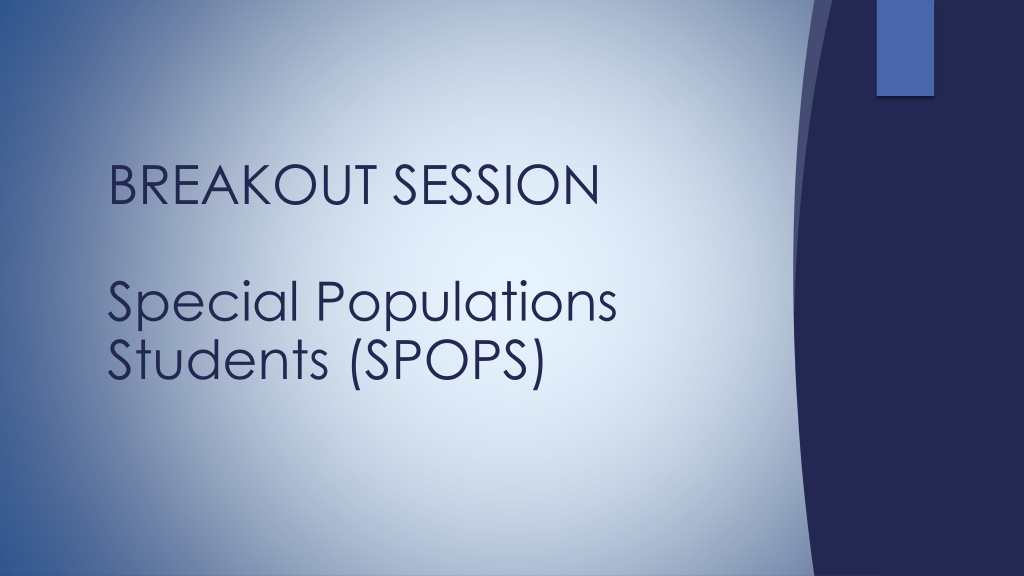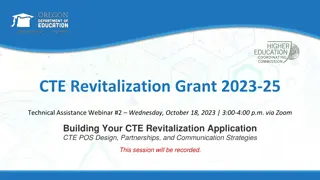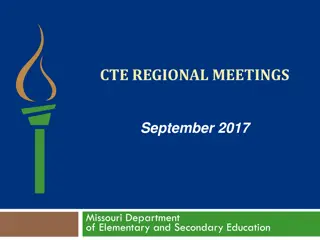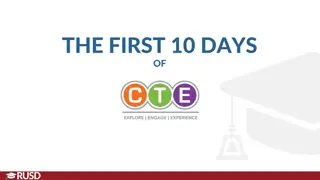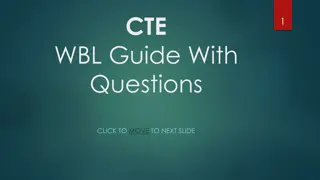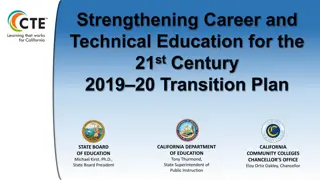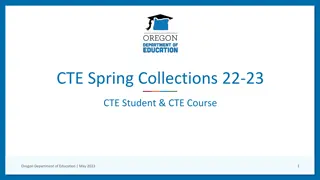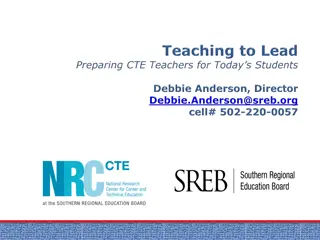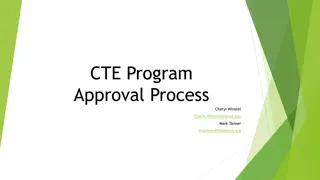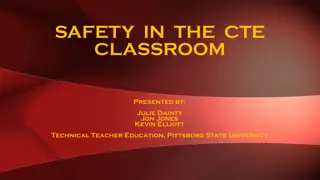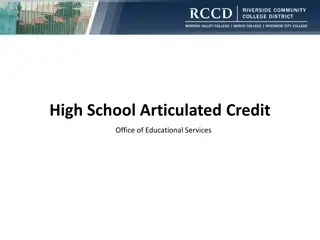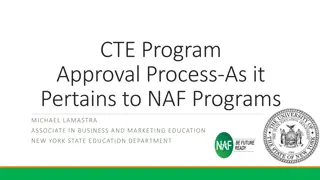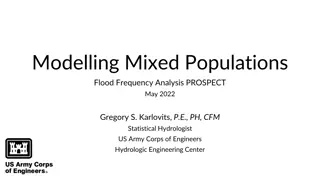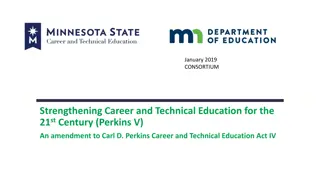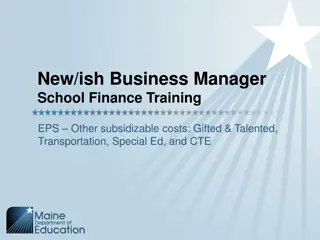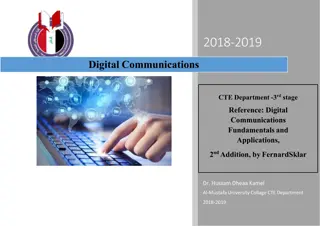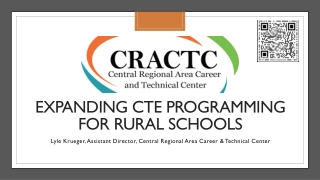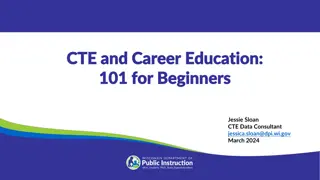Understanding Special Populations Students in CTE Programs
Students who have special learning needs are considered special populations students in CTE programs. They include individuals with disabilities, economically disadvantaged individuals, single parents, English Language Learners, migrants, homeless individuals, youth in foster care, and youth with parents in the armed forces. The Individualized Education Program/Plan (IEP) and Section 504 Plan provide specific accommodations and protections for students with disabilities to ensure they receive appropriate education. Resources are available to guide educators in supporting special populations students effectively in CTE programs.
Download Presentation

Please find below an Image/Link to download the presentation.
The content on the website is provided AS IS for your information and personal use only. It may not be sold, licensed, or shared on other websites without obtaining consent from the author. Download presentation by click this link. If you encounter any issues during the download, it is possible that the publisher has removed the file from their server.
E N D
Presentation Transcript
BREAKOUT SESSION Special Populations Students (SPOPS)
Special Populations Students Students who have special learning needs are considered special populations students in CTE and are defined by Perkins V as: Individuals with disabilities Individuals from economically disadvantaged families, including foster children Individuals preparing for nontraditional training and employment Single parents, including single pregnant women Out-of-workforce individuals English Language Learners
Special Populations Students Students who have special learning needs are considered special populations students in CTE and are defined by Perkins V as: Migrants Homeless individuals (described in the McKinney-Veto Homeless Assistance Act) Youth who are in, or have aged out of, the foster care system Youth with a parent who: Is a member of the armed forces Is on active duty
Special Populations Students Individualized Education Program/Plan (IEP) The Individual with Disabilities Education Act (IDEA) is a federal law that makes available a free appropriate public education to children found eligible of having a disability. IEPs are created for youth who face challenges such as academic and/or economic disadvantages/disabilities. An IEP outlines required accommodations to assist your student to be successful. An instructor is legally responsible to follow the accommodations in an IEP.
Special Populations Students Section 504 Plan Section 504 is a civil rights law that prohibits discrimination against individuals with disabilities not identified as IEPs. A student with a 504 plan, may require accommodations and modifications.
Resources 61a1 Guidance for Students with Disabilities Accommodations vs. Modifications OCTE s website at www.michigan.gov/mde/0,4615,7-140-2629--- ,00.html Special Populations Students with Disabilities Special Populations Newsletter
Resources CTE Administrator Manual https://www.michigan.gov/mde/0,4615,7-140- 2629_53968-544705--,00.html Section 6 Services for Special Populations Students Enrolled in CTE Programs Students With Disabilities Collaborating with Special Education personnel Teaching techniques Delivery of instruction, etc.
Resources Special Populations Listserv Please contact Valerie to be added to the listserv. Contact Information Valerie Milton Special Populations Coordinator miltonv@michigan.gov 517-335-1066
